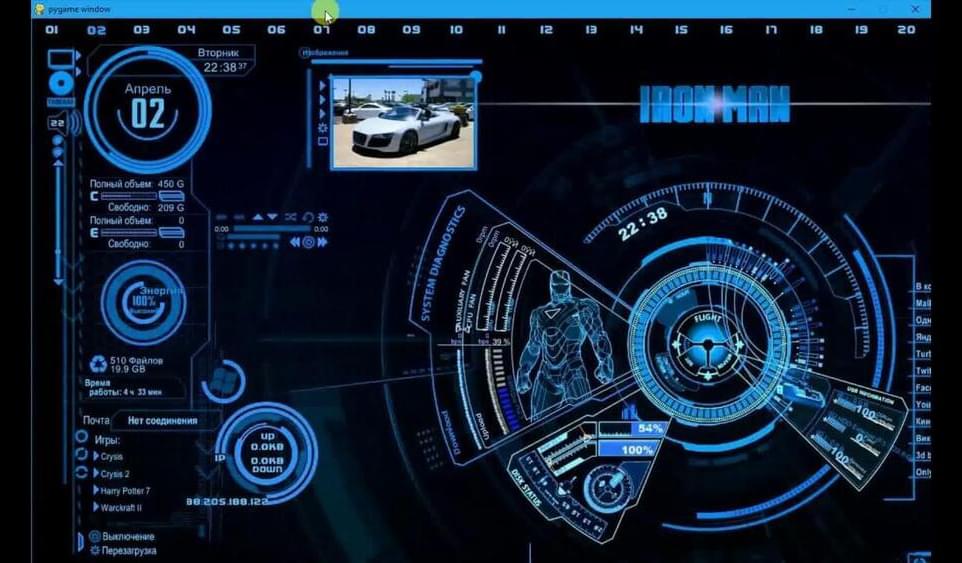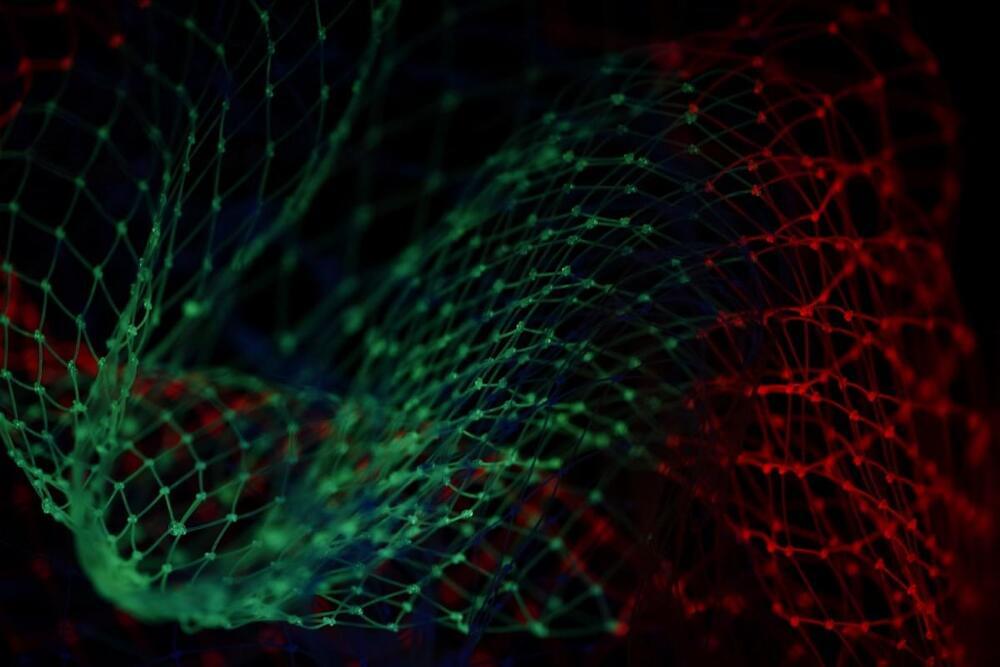This project demonstrates how a convolutional neural network can be used to detect the boundaries of a function in compiled code — GitHub


In a groundbreaking achievement, Aaron Kemmer and his co-producer Richard Juan have successfully used ChatGPT, one of today’s hottest artificial intelligence chatbots, to write and direct a film in just one weekend.
That’s right, while it typically takes roughly 1–2.5 months for most indie filmmakers to pull off a project of this caliber, ChatGPT has truly raised the bar and set a new standard for what’s possible in the world of indie filmmaking.
ChatGPT has taken the world by storm since its launch, but few creatives have truly explored its full potential. Juan and Kemmer are breaking new barriers by using AI to revolutionize film production.
Where is AI Going Over the Next Two Decades? The Sci-Fi Story that AI Will Destroy All the Jobs Will Slowly Fade as AI Becomes More Deeply Collaborative and Co-Creative.
99% of the following speech was written by ChatGPT. I made a few changes here and there and cut and pasted a couple of paragraphs for better flow. This is the prompt with which I started the conversation:
Write a TED Talks style speech explaining how AI will be the next cross-platform operating system, entertainment service, and search engine as well as source of news and accurate information. Elaborate further in this speech about how this future AI could produce tailored entertainment experiences for the end-user. Explain its application in creating real-time, personally-tailored and novel media including mixed reality, virtual reality, extended reality, and augmented reality media as well as in written fiction and nonfiction, music, video and spoken-word entertainment for its end users. Write a strong and compelling opening paragraph to this speech and end it memorably. Add as much detail as you can on each point. The speech should last at least 15 minutes.
I used an online service called colossyan.com too produce the clips with metahumans. I used the reface app to put my face on some of the metahumans, but it unfortunately stepped on the video. I apologize for the blurriness.
Join Wilfred G. van der Wiel as he explores his research in the field of brain-inspired nano systems, in the first in our series of Dutch Science Lectures. Watch the Q&A here: https://youtu.be/kwPKe8tat8E
Subscribe for regular science videos: http://bit.ly/RiSubscRibe.
So far, intelligence has been the domain of living systems. Would it be possible to bring intelligence to the inanimate realm and use it for information processing? What would we gain from such an approach? Could we make more efficient computers? What would be the technological and societal implications?
This event is supported by the Embassy of the Kingdom of the Netherlands. The Netherlands and the United Kingdom share a long history of scientific exchange and collaboration. The Netherlands treasures and stimulates these excellent relations, especially in an era where complex societal challenges are not contained by borders, not even the stretch of water between us as North Sea Neighbours. The solutions to these challenges demand international collaboration in research and ongoing exchange of scientific ideas.
This event was recorded at the Ri on 3 October 2022.
Wilfred G. van der Wiel (Gouda, 1975) is full professor of Nanoelectronics and director of the BRAINS Centre for Brain-Inspired Nano Systems at the University of Twente, The Netherlands. He holds a second professorship at the Institute of Physics of the Westfälische Wilhems-Universität Münster, Germany. his research focuses on unconventional electronics for efficient information processing.

Have you ever wanted to build your own personal assistant, like the ones seen in movies like “Iron Man”? Well, it is now possible to create your own version of a JARVIS (Just A Rather Very Intelligent System) using Python and Arduino, along with artificial intelligence (AI) and machine learning (ML) techniques. This tutorial will guide you through the process of building your own JARVIS, step by step.

Has Google Created Sentient AI? ➡ https://youtu.be/BSAxfCKFcMI
Many are worried about the rise of artificial intelligence (A.I.). Could A.I. become sentient (able to perceive or feel things)? Are we building machines that can become smarter than us? Are we playing god? What does that mean for how we look at these machines? Will A.I. overtake humans sooner than we think? Dr. Jeffrey reacts to these claims from Joe Rogan and Sam Harris in this video from Help Me Understand.
Dr. Thomas R. Jeffrey is both the host for Help Me Understand as well as a professor at Campbellsville University. His research centers around the uses and implementation of artificial intelligence.
Dr. Jeffrey reacts to JER Films’ video: https://youtu.be/auVSH1yiSYE
In this video, Dr. Jeffrey, our residential AI expert, gives insight to the aspect of A.I and machine learning. From a technical point of view. He also suggests that we might need to look at creating ethical guidelines to how we interact with A.I.
Make sure to like and subscribe to Help Me Understand Clips!

Many are worried about the rise of artificial intelligence (A.I.). Could A.I. become sentient (able to perceive or feel things)? What does that mean for how we look at these machines? An ex-google engineer has claimed that Google has actually created a sentient AI. Dr. Jeffrey reacts to these claims in the video from Help Me Understand.
Dr. Thomas R. Jeffrey is both the host for Help Me Understand as well as a professor at Campbellsville University. His research centers around the uses and implementation of artificial intelligence.
Dr. Jeffrey reacts to Bloomberg Tech’s video: https://youtu.be/kgCUn4fQTsc.
In this video, Dr. Jeffrey, our residential AI expert, gives insight to the aspect of A.I and machine learning. From a technical point of view. He also suggests that we might need to look at creating ethical guidelines to how we interact with A.I.
Make sure to like and subscribe to Help Me Understand Clips!
#artificialintelligence #technology #machinelearning